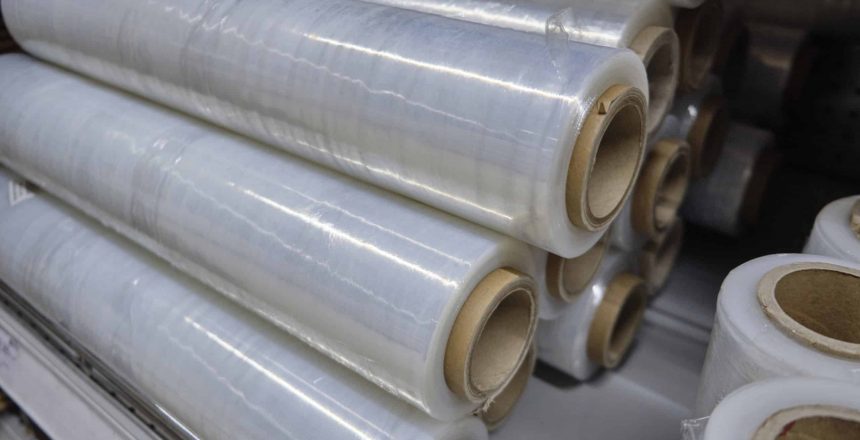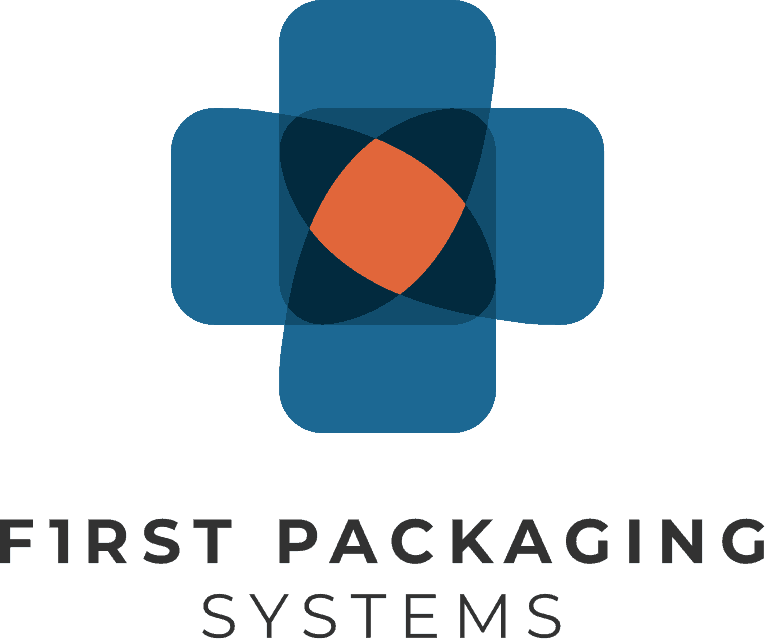For more than 40 years, stretch film has been the industry-standard practice for load containment. And it’s been one of the most misunderstood practices for just about as long.
Most people in the packaging industry know what to apply to their loads, but very few of them really understand why or even how to do so effectively.
Granted, we can see that the film is being applied to the load, but does everyone really understand the objective? Do purchasing & operations know what combination of film & machine set-up is required for each load, machine, or transportation method? Are the operators on the floor aware of how to adjust the machines to properly apply the film without wasting materials or worse, jeopardizing products?
Unfortunately, many packaging distributors are also unable to answer these basic wrapping questions. Because of this failure to understand the why and how of load containment, millions of dollars in product revenue are lost every year.
Rather than educate their clients about the proper way to secure loads with stretch film, the focus has largely been on cost per roll, microns versus gauge, odd roll dimensions, and tests that benefit the seller, not the user. Many stretch film and equipment reps simply don’t understand load containment any better than their customers. We think it’s time for that to change.
Let’s start with a fundamental question: Why do we stretch-wrap pallets? Generally, when stretch-wrapping loads we have three objectives:
- Contain the load based on transport and distribution demands
- Attach the pallet to the load to create a single shipping unit
- Maintain cost-effectiveness
To meet these objectives, we need to understand stretch film and how it’s designed to perform. Almost all machine stretch film is engineered to be mechanically stretched between 200 and 300 percent. This is called pre-stretch and serves two main functions:
- Activating the film to maximize its load-containment properties
- Delivering yield (which leads to economy and cost savings)
Yield and cost savings are straightforward concepts, but handling the material appropriately to ensure ideal performance might require more explanation. All quality machine film stiffens or locks up when stretched into its “performance window.” The percentage of stretch required to achieve the best possible results and optimum load containment varies depending on load profiles, film type & machine set-up.

With this in mind, how do you establish targeted performance objectives and achieve optimal results?
It’s important to view stretch wrapping from a systems perspective, rather than as a supply or commodity. This means taking time to understand three important factors:
- Application: Factoring in your product, its characteristics and distribution demands.
- Equipment: What is my machine designed to deliver and how does that relate to my needs.
- Film: Choosing the proper material to achieve desired outcomes based on the application and equipment.
Measuring and Monitoring Performance
Using our industry experience and specialized tools, we’re able to assess all aspects of your outbound shipping operation & load containment requirements minimizing damage, claims and cost.
In Conclusion
Ignorance is not bliss. The more you know about the stretch-wrapping process, the better your outcomes.
If you need help understanding how to improve your pallet stretch wrapping outcomes call us first. We’ve assisted many clients in developing:
- Clear wrapping objectives
- Systems development to provide continuity across multiple lines/facilities
- Training programs
- SOPs and Best Practices
- Manage process to specific goals/objectives
- Measurable tracking of changes
- Reliable cost models
Contact FPS today. Assisting customers to cut costs and improve profitability is what we do best.


